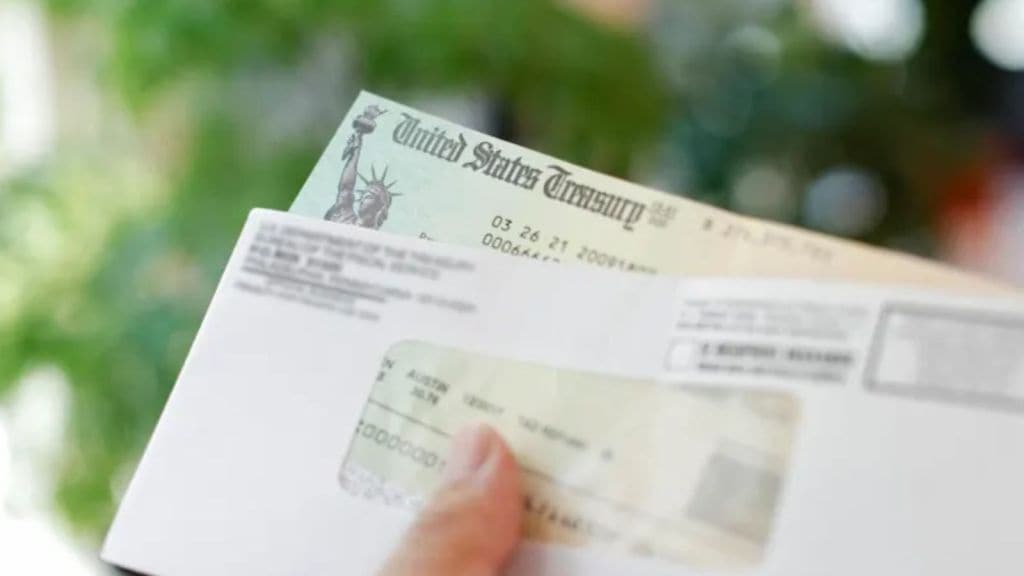US president Donald Trump has repeated his claims about sending $2,000 “tariff dividend” cheques to American citizens. But he has made one thing clear, the money will not land in people’s hands during this year’s Christmas shopping season.
The payments, according to him, are planned for 2026, which is also the year he faces a tough midterm election cycle. Trump says the money will come from the large amount collected through tariffs.
‘Next year, not this year,’ says Trump on tariff dividend cheques
Speaking to reporters aboard Air Force One on Friday, Trump said the cheques will come “next year,” adding that tariff revenue gives him the room to offer this dividend. “The tariffs allow us to give a dividend. We’re going to do a dividend, and we’re also going to be reducing debt,” he said.
When asked what would happen if the US Supreme Court rolls back his tariffs under the International Emergency Economic Powers Act (IEEPA), Trump replied, “Then I’d have to do something else.”
While Trump’s idea might be thrilling for many Americans, his proposal still needs approval from Congress, where several Republican lawmakers have already expressed doubts. Many of them want Trump to focus on reducing the federal budget deficit instead of offering another round of cheques.
Income limit still undecided
Treasury Secretary Scott Bessent has said the income cut-off has not been finalised. Speaking on Fox & Friends, he said the team is looking at several options, and one of them is to give the rebate to families making less than $100,000. “We will see,” Bessent said, “We need legislation for that.”
However, he clarified that “it’s in discussion” and that no final decision has been taken. Bessent also added that the bigger aim is to create what a “perfect storm” for trade rebalancing, saying tariffs aren’t just about raising money but also strengthening US businesses.
Trump first mentioned the idea earlier this month on Truth Social. He said every American, except “high-income people”, would get a $2,000-per-person dividend, calling critics of tariffs “fools.” But he never defined who exactly qualifies as “high income.”
According to an estimate by Erica York, vice president of federal tax policy at the Tax Foundation, limiting payments to individuals earning under $100,000 would cost around $300 billion.
Even if the administration finalises the amount and eligibility, the plan is still uncertain on paper. The Supreme Court is examining whether Trump’s tariffs are valid under IEEPA. Any rebate program would require Congress to pass new legislation. Some Republicans worry the plan could increase the federal deficit.
So far, net tariff revenue for the fiscal year through September is about $195 billion, and economists expect roughly $300 billion in 2025. But Trump says the dividend is still possible, stressing that tariffs have brought in “a lot of money.”
Bessent said Americans should start feeling some relief in early 2026 due to tax cuts included in Trump’s major policy bill passed earlier this year. “I would expect in the first two quarters we are going to see the inflation curve bend down and the real income curve substantially accelerate,” he said.
For now, Americans will have to wait, the $2,000 tariff dividend cheques are still a promise, but the exact date, eligibility, and approval remain up in the air.

